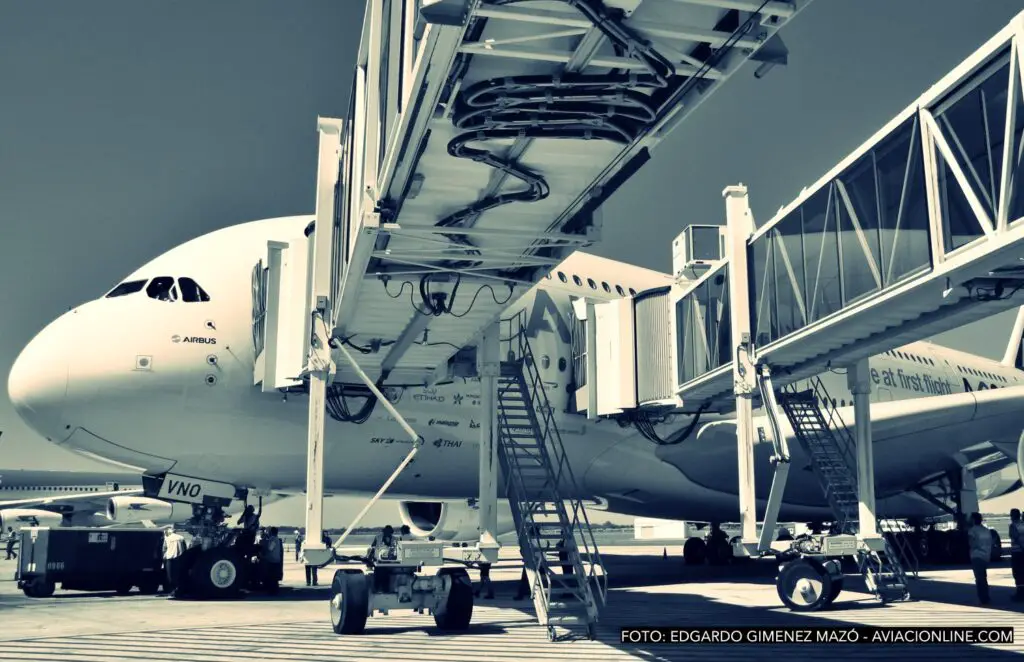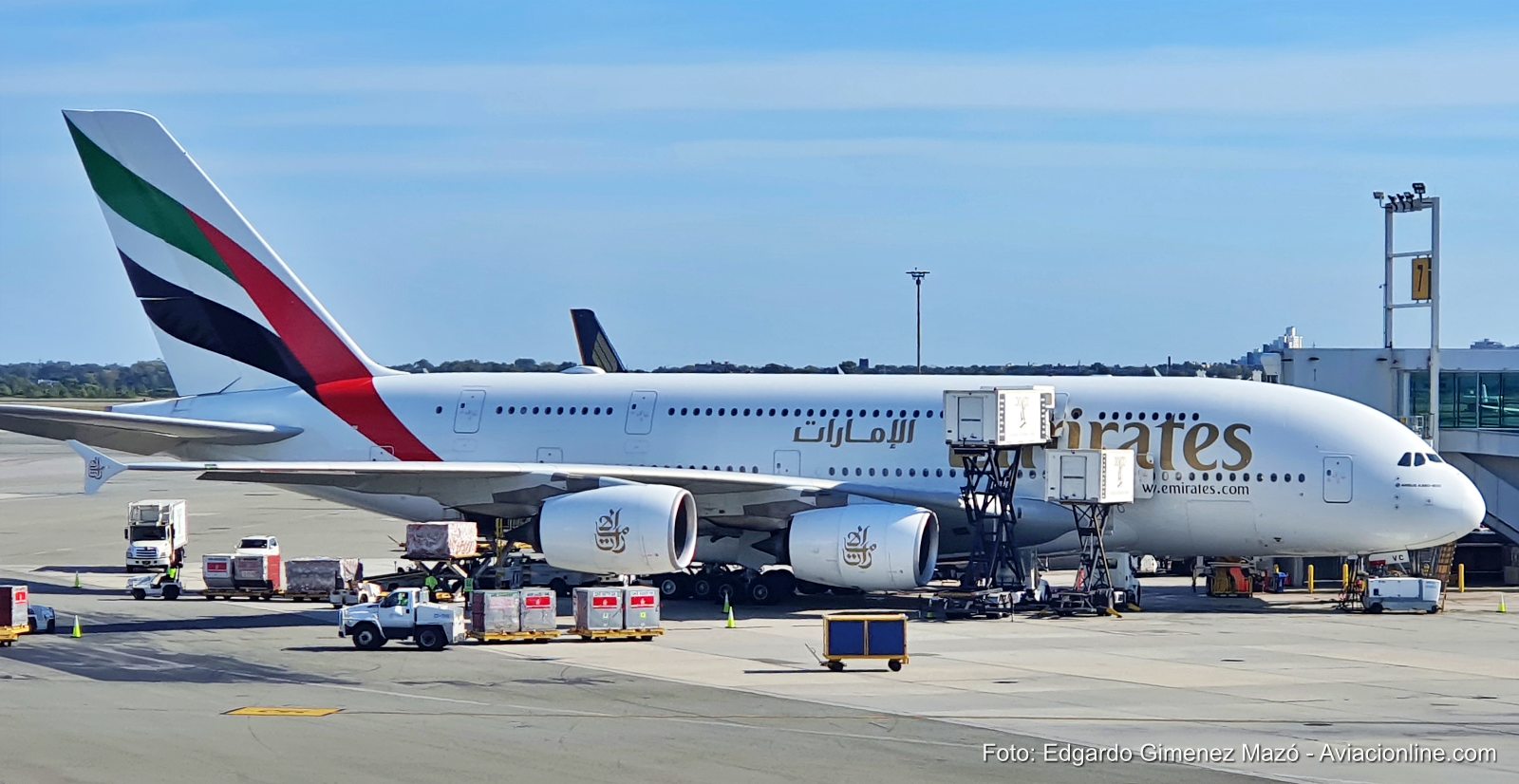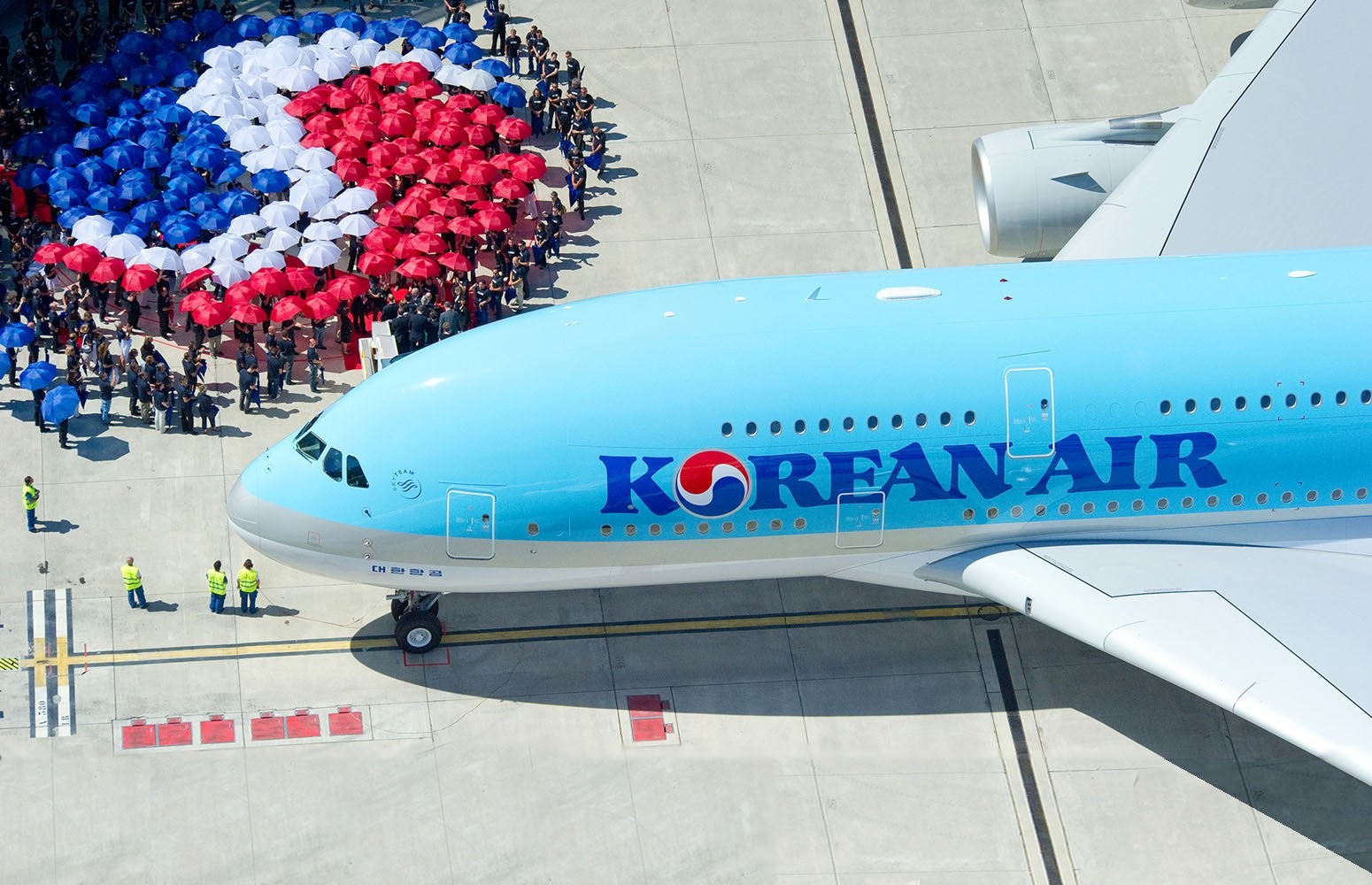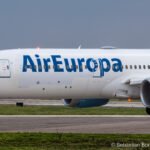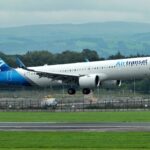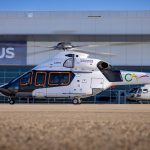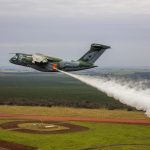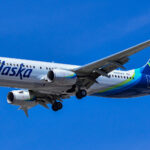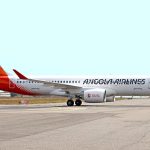The star of the Airbus A380 had been fading during the second half of the 2010s with the introduction of new wide-body twin-engine aircraft.
In February 2019, Airbus officially confirmed the end of A380 production, just 12 years after its commercial service entry. The world had changed, and as Pablo Díaz, Editor-in-Chief of Aviacionline noted in his article «Ode to the Airbus A380: The solution to a problem we never really had», it is difficult to classify the program as a failure if one understands the context in which it was conceived, born, and lived.
«When the A3XX began to emerge, the biggest problem that all analysts and industry actors were trying to deal with was one: airport congestion,» Pablo notes in the article.
«The eternal Hub-and-Spoke model, ubiquitous and almost unquestionable, began to show its pain points when reality struck: I can put an almost infinite number of airplanes in the sky, but they will still have to land somewhere. And at that time, twin-engine airplanes had the not-so-glamorous task of filling the hubs. Some twin-engine planes were starting to exceed the natural limits of being feeders, but at that time the mantra was one: four engines for long haul,» he continues.
An aircraft with increased capacity was a natural response from the industry. Both Boeing and then McDonnell Douglas also tried to follow that path to replace the 747.
«But the development of airplanes is a movie that is born from a still picture. When the Airbus A380 finally arrived, the world – and subsequently, the industry – had changed. Twin-engine planes spread their wings, reaching new distances. Engines gained years of experience and reliability. And the eternal and unquestionable Hub-and-Spoke model began to falter,» Pablo rightly adds.
And if all that weren’t enough, in 2020 the pandemic broke out, and international travel was put on hold, forcing several A380 operators to bring forward the retirement of the model from their fleets.
Thirteen airlines operated regular A380 flights in April 2019: Air France, British Airways, China Southern Airlines, Emirates, Etihad, Korean Air, Lufthansa, Malaysia Airlines, Asiana, Qantas, Qatar Airways, Singapore Airlines, and Thai Airways.
This represented an average weekly offer of 1,112,788 seats on 2,297 flights connecting 60 airports around the world.
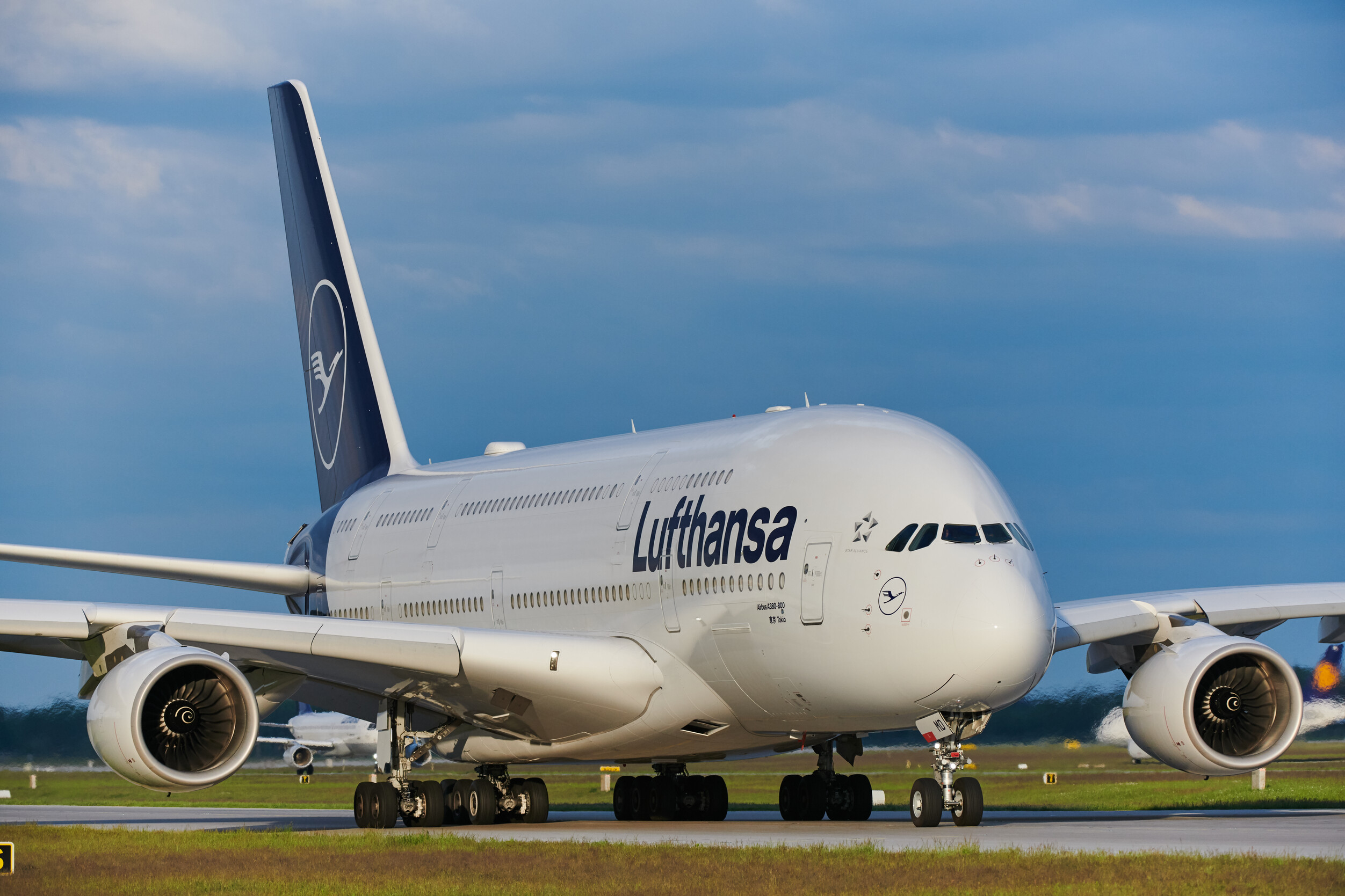 Lufthansa will reincorporate the A380 into its operation this year.
Lufthansa will reincorporate the A380 into its operation this year.
In April 2023, the month on which we base this note, only eight airlines continue to operate the A380, with an average offer of 746,803 seats per week on 1,482 flights connecting 51 airports.
Considering the capacity measured in Available Seat Kilometers (ASK), in April, the A380 capacity represents 63% of the levels of the same month in 2019.
A380 Flights
These are the routes where the A380 is scheduled for April, by airline. The information was obtained based on Cirium and may be subject to change.
British Airways
It has 12 Airbus A380 in its fleet, with an average age of 12 years.
- London/LHR – Boston: one daily flight.
- London/LHR – Dallas/Fort Worth: one daily flight.
- London/LHR – Washington/Dulles: one daily flight.
- London/LHR – Dubai: three weekly flights.
- London/LHR – Johannesburg: 14 weekly flights.
- London/LHR – Miami: one daily flight.
- London/LHR – Chicago O’Hare: one daily flight.
- London/LHR – San Francisco: one daily flight.
Emirates
The company is the largest A380 operator in the world, with 119 of these aircraft in its fleet (85 of them active) with an average age of 8.3 years.
It uses them to fly to 42 cities from its hub in Dubai: Auckland, Amman, Amsterdam, Bangkok, Bangalore, Brisbane, Mumbai, Cairo, Guangzhou, Paris-CDG, Christchurch, Casablanca, Moscow-DME, Rome, Frankfurt, Glasgow, Sao Paulo-GRU, Hong Kong, Washington-IAD, Houston-IAH, Seoul, Istanbul, Jeddah, New York-JFK, Johannesburg, Kuala Lumpur, Los Angeles, London-LGW, London-LHR, Madrid, Manchester, Melbourne, Mauritius, Munich, Milan-MXP, Tokyo-NRT, Perth, San Francisco, Singapore, Sydney, Toronto, and Zurich.
On average, it operates 488 weekly flights representing an offer of 252,217 seats (one-way).
Photo: Kambui – Wikimedia Commons
Korean Air
Korean Air has ten Airbus A380s in its fleet with an average age of 11 years. Five of them are currently inactive.
- Seoul – New York/JFK: one daily flight.
- Seoul – Los Angeles: one daily flight.
- Seoul – Taipei: one daily flight.
All Nippon Airways
- Tokyo/Narita – Honolulu: one daily flight.
Asiana
Asiana has six Airbus A380s in its fleet, three of them inactive. The average age is 8 years.
- Seoul – Bangkok: one daily flight.
- Seoul – Los Angeles: one daily flight.
Qantas’ A380 fleet consists of 10 aircraft, six of which are active. The average age is 13.5 years.
- Sydney – Hong Kong: five weekly flights.
- Sydney – Los Angeles: one daily flight.
- Sydney – London/LHR (with a stopover in Singapore): one daily flight.
- Sydney – Singapore: one daily flight.
Qatar Airways
Qatar Airways has 10 Airbus A380s in its fleet with an average age of 7.7 years. Three remain inactive.
- Doha – Bangkok: one daily flight.
- Doha – London/LHR: two daily flights.
- Doha – Perth: one daily flight.
- Doha – Sydney: one daily flight.
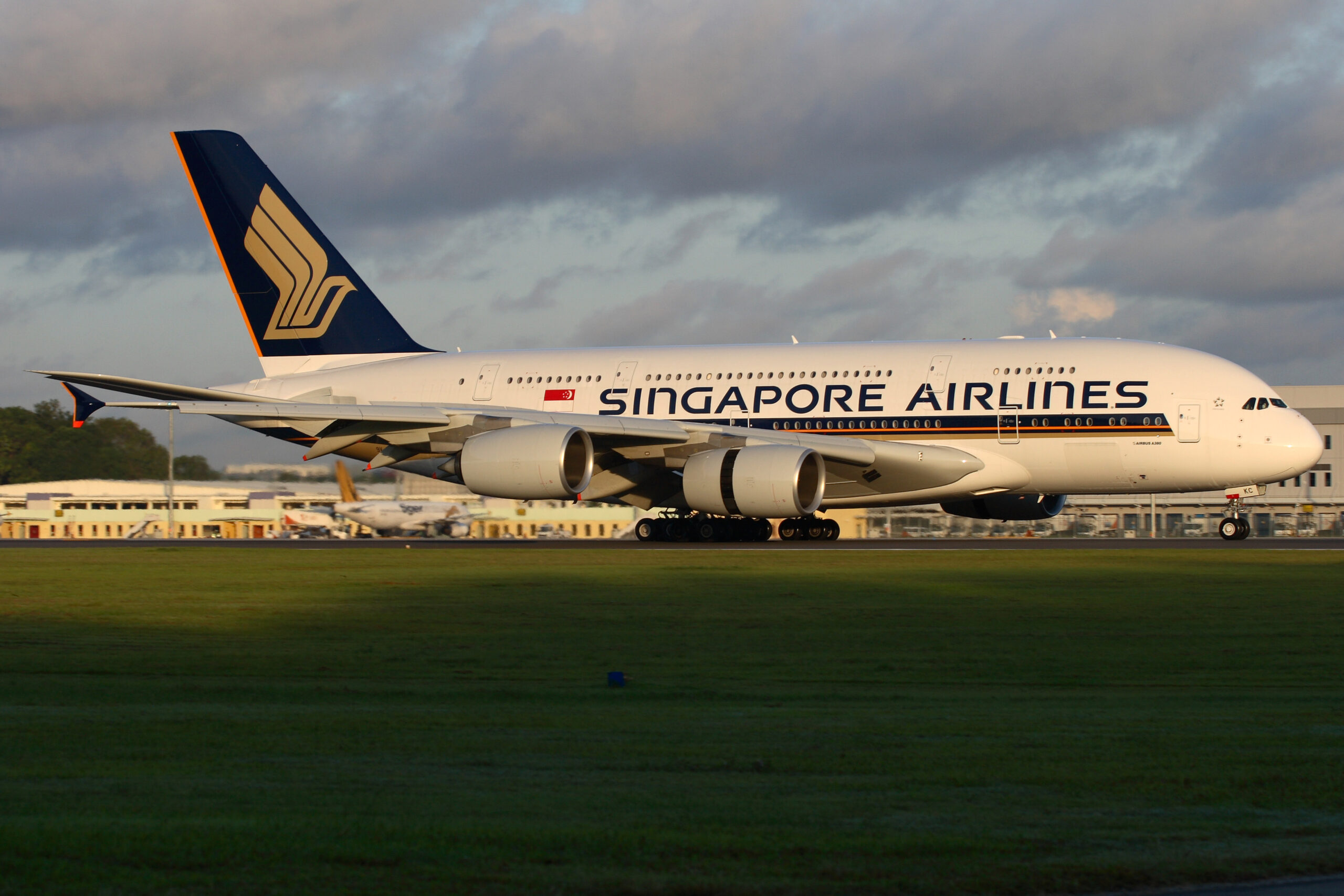 Source: Singapore Airlines – A380
Source: Singapore Airlines – A380
Singapore Airlines
Singapore Airlines has 10 out of 15 Airbus A380s currently in operation. The average age of its fleet is 10.1 years.
- Singapore – Mumbai: one daily flight.
- Singapore – Delhi: one daily flight.
- Singapore – Frankfurt: one daily flight.
- Singapore – Hong Kong: one daily flight.
- Singapore – New York/JFK (via Frankfurt): one daily flight.
- Singapore – London/LHR: two daily flights.
- Singapore – Sydney: one daily flight.
The A380 vs. others
The Airbus A380 represents 7% of the capacity (in ASKs) offered by airlines globally for wide-body aircraft during April, according to information obtained by Aviacionline through Cirium.
This places it in fifth position, behind the Boeing 777 (30% of ASKs), B787 (25%), A330 (19%), and A350 (14%); and ahead of the B767 family (3%), B747 (1%), and A340 (1%).

